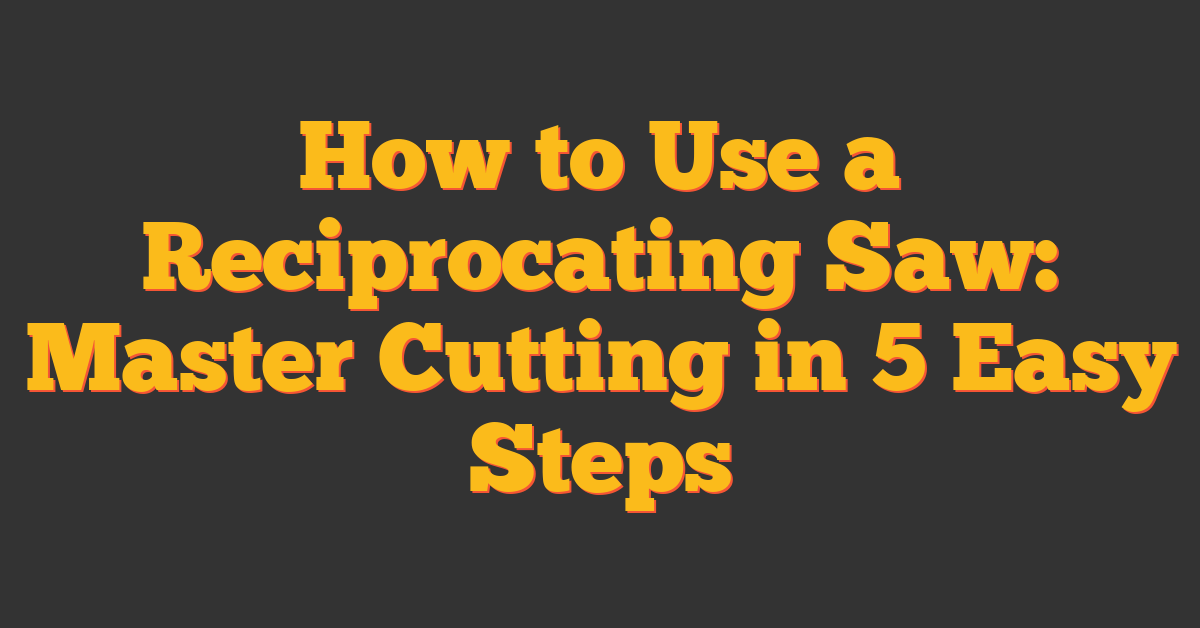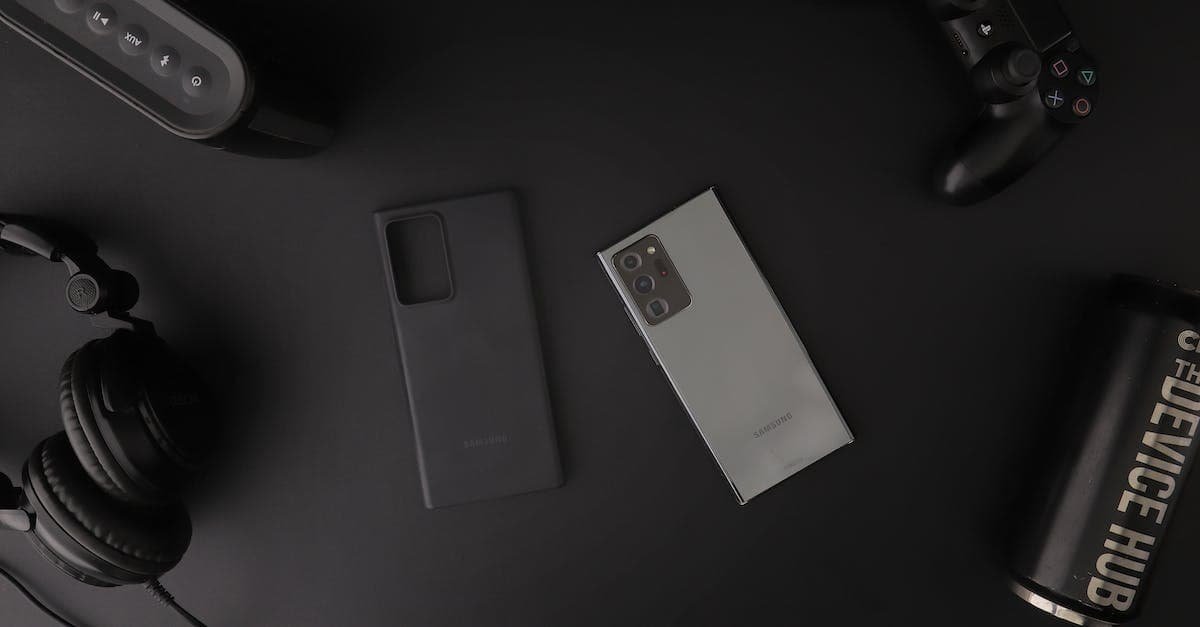Keeping your drill press in tip-top shape isn’t just about ensuring your projects turn out great—it’s about safety and longevity too. You’ve invested in this powerful tool, so it’s crucial to give it the TLC it deserves. In this article, you’ll discover the ins and outs of maintaining your drill press, so it keeps on giving you precise holes and hassle-free service for years to come.
You’ll learn how to clean and lubricate the moving parts, check for wear and tear, and make necessary adjustments. Whether you’re a weekend warrior or a seasoned pro, these maintenance tips will help you get the most out of your drill press. So, roll up your sleeves and let’s dive into the nitty-gritty of keeping your machine in prime condition.
Why Drill Press Maintenance Is Important
Maintaining your drill press isn’t just a routine chore; it’s a crucial practice that ensures your projects turn out just as you’ve envisioned. Think of your drill press as a trusted companion in your woodworking journey – to keep it reliable, maintenance is key.
Regular maintenance extends the life of your drill press. Machinery, like any other asset, depreciates with time and use. However, with diligent care and attention, you can slow down this process. It’s similar to keeping your chisels sharp; a well-maintained drill press will consistently perform at its best, allowing you to drill precise holes and tackle even the most intricate projects with confidence.
Moreover, the safety aspect can’t be overstated. Loose parts or a gunked-up chuck can lead to accidents, and that’s the last thing you want in your workshop. By keeping your drill press in top condition, you reduce the risk of injuries. After all, you’re not just a woodworker; you’re an artist and craftsman, and your well-being is paramount for bringing your creative visions to life.
Your drill press’s performance is directly linked to its upkeep. A machine plagued with rust or dust accumulation may compromise your workpiece. If you’ve ever been frustrated by an off-center hole or uneven drilling, consider that it might be the drill press crying out for some TLC.
Here are some reasons why keeping that drill press maintained is non-negotiable:
- Safety: Prevent accidents and ensure a safer woodworking environment.
- Precision: A clean and well-adjusted drill press means precise and consistent holes.
- Longevity: Proper upkeep prevents wear and tear, saving you money in the long run.
- Efficiency: A smooth-running drill press saves time by reducing the need for do-overs and adjustments mid-project.
Remember, preserving the integrity of your drill press isn’t just about following a maintenance schedule; it’s about respecting the tool that serves as an extension of your woodworking passion.
Cleaning and Lubricating the Moving Parts
Keeping your drill press in top condition involves regular cleaning and lubrication of its moving parts. First things first, you’ll need to ensure the power is off and your machine is unplugged. Safety’s always the priority in your shop.
Step-by-Step Cleaning Process
Let’s start with a thorough cleaning. Sawdust and debris can easily accumulate in the nooks and crannies of your drill press, and before you know it, the precision you love so much begins to wane. Grab a brush or a vacuum with a soft attachment and gently remove all that gunk. You’ll want to pay special attention to the following areas:
- The spindle and chuck: These are critical for accurate drilling.
- The table: It supports your work, so keep it clean to avoid scratching your wood projects.
- The column: Dust here can make height adjustments stiff and uncooperative.
After you’ve brushed the big stuff away, use a clean, dry cloth to wipe down all surfaces. A little air from a compressor can blast away stubborn particles, especially from the tight spots.
Lubrication Is Key
Once you’ve got a clean drill press, it’s lubrication time. Use only high-quality lubricants made for metal machinery. Here’s what you should remember to keep things moving smoothly:
- Apply lubricant to the spindle, pinion shaft, and the chuck. A few drops will usually do.
- For the column and the rack, you’ll want to apply enough lubricant to ease movement, but not so much that it attracts more dust.
- Don’t forget the table adjustment mechanism; a little lubrication goes a long way in keeping height adjustments slick.
Take a moment after lubrication to move all parts through their full range of motion. This helps distribute the lubricant and ensures that you’ve hit all the necessary spots.
Maintaining a drill press isn’t just about keeping it functional, it’s about preserving the joy you find in woodworking and the pride in your DIY projects. With every clean and lubricated component, you’re guaranteeing another successful project that comes off that press with your signature quality.
Checking for Wear and Tear
As you maintain your drill press, paying attention to signs of wear and tear isn’t just diligent—it’s essential. Remember, your drill press is a loyal buddy in your woodworking adventures, and like any good friend, it needs a bit of care to stay in tip-top shape.
Visual Inspection
Start with a visual inspection. Look over the entire drill press for any cracks or damage, especially around the base, table, and head. Issues in these areas can affect the precision of your work. After all, accuracy is king in woodworking, right?
Key Components
Pay special attention to the following critical components:
- Belts: Check for fraying or cracks. A snappy belt can halt your project faster than you can say “table saw kickback”.
- Bearings: Listen for unusual noises. They’re notorious for giving up the ghost quietly, so be vigilant.
- Quill: Does it return smoothly? Any stickiness here can mean a world of trouble for those fine, drilled details in your projects.
- Chuck and Chuck Jaws: Make sure they’re gripping as intended. A loose chuck can lead to wobbly holes and that’s a definite no-go.
Inspect and Act
If you notice something’s off, don’t procrastinate. Tighten loose bolts or fittings. Replace worn-out parts promptly. Your diligence will pay off in fewer headaches and more precise, enjoyable woodworking.
Maintenance Schedule
Creating a regular maintenance schedule can prevent many issues. Note the dates of your inspections and what you’ve replaced or adjusted. Those records can be as satisfying as the smooth pull of a well-tuned plane on a piece of oak.
Armed with these tips, you ensure your drill press can handle the rigors of project after project. Remember, the goal is to keep it running smoothly, so it’ll always be ready when inspiration strikes or when that special piece of wood finds its way into your shop.
Making Necessary Adjustments
Once you’ve tackled wear and tear head-on, ensuring that your drill press runs smoothly involves making accurate adjustments. Start by checking the table alignment. Your drill press table should be perfectly perpendicular to the spindle for accurate drilling.
Align the table so it’s level and square with the drill bit. An easy way to check this is to use a machinist’s square or a drill bit by placing it next to the chuck and measuring against the table. If you notice any gaps, loosen the table adjustment handle, typically found underneath, and make necessary adjustments until the table and the drill bit are square.
The next crucial step is to adjust the spindle speed. The right speed can make a significant difference in the quality of your holes and the life of your drill bits. Most drill presses come with a manual showing the recommended speeds for different types of materials and bit sizes. To change the spindle speed, you’ll need to open the top of your drill press and manually move the belts onto different pulleys.
Setting the right depth stop is another fundamental adjustment for precise woodworking. This keeps you from drilling too deep and potentially ruining your workpiece or drill bit. It’s usually a knob or a screw located near the handle of the drill press. By setting this depth stop, you’re ensuring consistent holes for multiple workpieces.
Lastly, ensure that your drill press is stable and secure. If it’s secured to a workbench, check that all bolts are tight and the press doesn’t wobble. A shaky drill press will not only be a nuisance but could also lead to inaccuracies in your work or even be unsafe.
Tips for Getting the Most Out of Your Drill Press
Regular Lubrication Is Key
Keeping your drill press lubricated is vital to maintain its performance. Just like any other tool in your workshop, the moving parts of a drill press require regular oiling. Focus on the chuck and the spindle. A few drops of machine oil every couple of weeks can make a massive difference in the longevity of your tool.
Choose the Right Drill Bits
The quality of your work is directly affected by the type of drill bits you use. Make sure you’re:
- Using sharp bits for cleaner holes
- Selecting the correct bit for the material you’re drilling
- Avoiding the use of worn or damaged bits
Maintaining a sharp bit is crucial because a dull bit requires more force and generates more heat, which can lead to mistakes.
Optimal Speed Settings
Adjust the speed of your drill press according to the material you’re working with. Harder materials typically need slower speeds, while you can ramp up the speed for softer ones. Here’s a quick guide:
| Material | Speed (RPM) |
|---|---|
| Hardwood | 1,000 – 1,400 |
| Softwood | 1,400 – 2,000 |
| Metal | 600 – 1,000 |
Improper speed settings can wear out your bits faster and compromise the quality of the hole.
Use a Drill Press Vice
For precision and safety, fix your workpiece with a drill press vice. It’s better than relying on your hands to hold the workpiece, which can lead to inaccuracies and potential injuries. Always check that the vice is securely fastened to the drill press table and that it doesn’t obstruct the spindle’s path.
By incorporating these tips into your routine, you’ll enhance the performance of your drill press and the quality of your work – your projects in the garage woodworking shop will thank you for it.
Conclusion
Maintaining your drill press isn’t just about keeping it running; it’s about ensuring your work remains top-notch. Remember, a well-oiled machine leads to smoother projects and fewer headaches down the road. Stick to the right bits for the job, adjust those speed settings carefully, and don’t forget to secure your work with a vice. You’ve got all the know-how you need to keep that drill press humming and your projects shining. Now, go make that next project your best one yet!
Frequently Asked Questions
What is the key to maintaining a drill press’s performance?
Regular lubrication is essential to maintain the drill press’s performance and keep it in optimal condition.
How do I choose the right drill bits?
Select drill bits that are sharp and appropriate for the material you will be drilling to ensure quality and precision in your work.
Why is it important to adjust the drill press speed?
Adjusting the speed settings according to the material being worked on is important to avoid damage to the tool and the workpiece.
What tool can enhance precision and safety when using a drill press?
Using a drill press vice can significantly enhance precision and safety during drilling operations.




